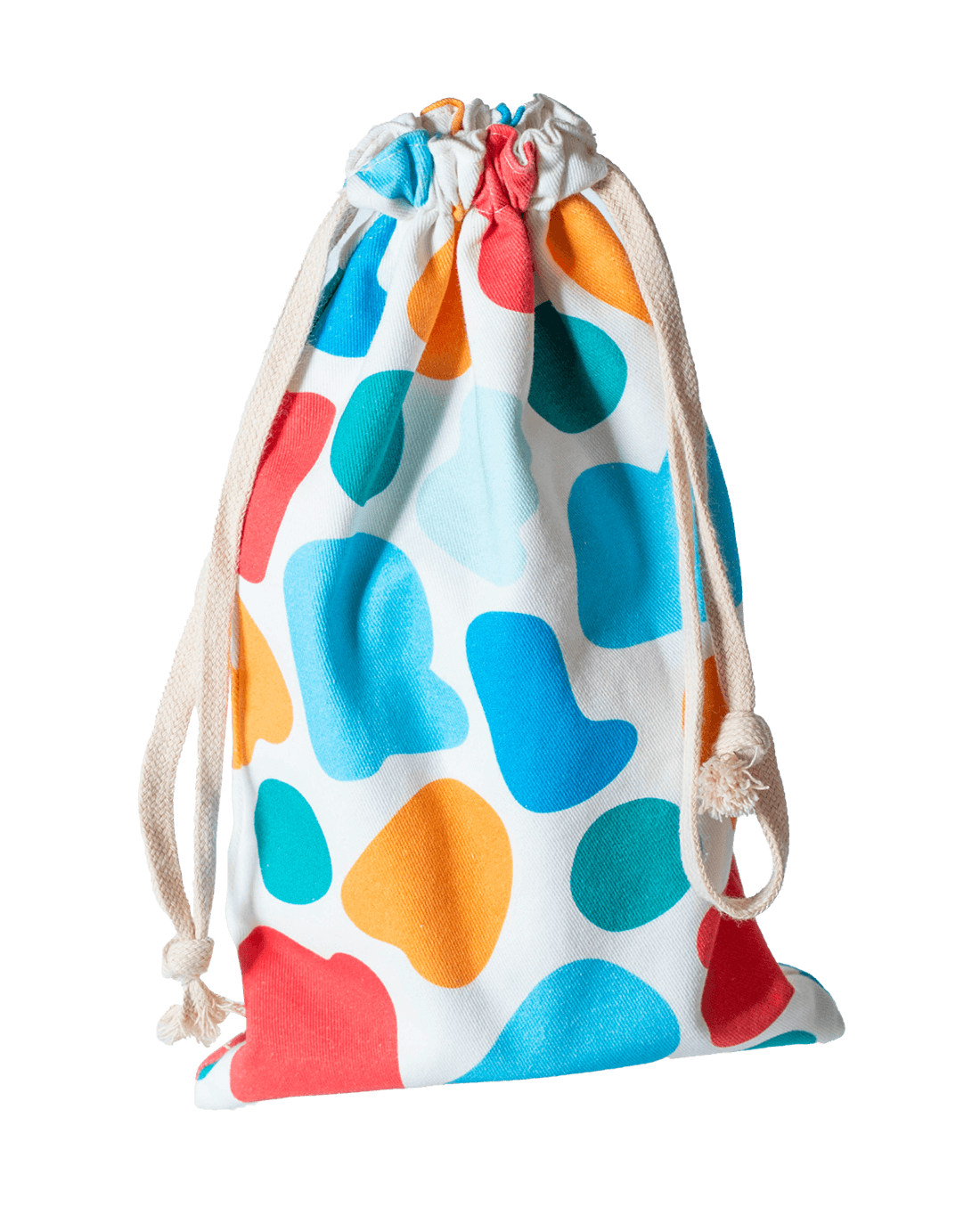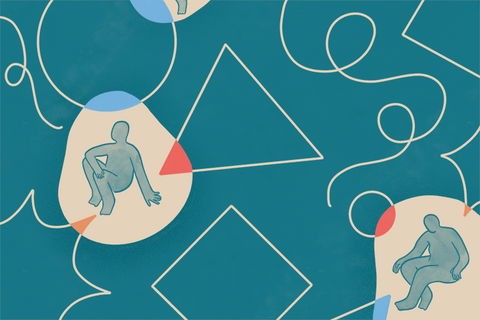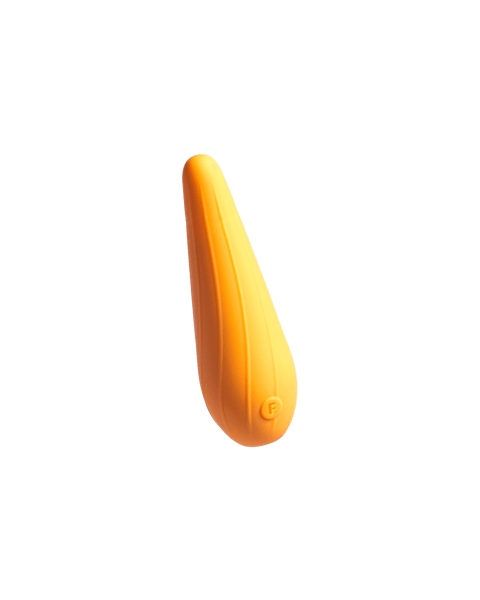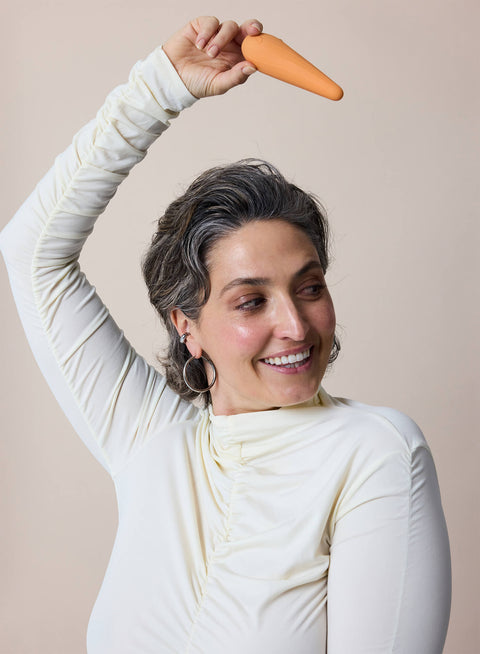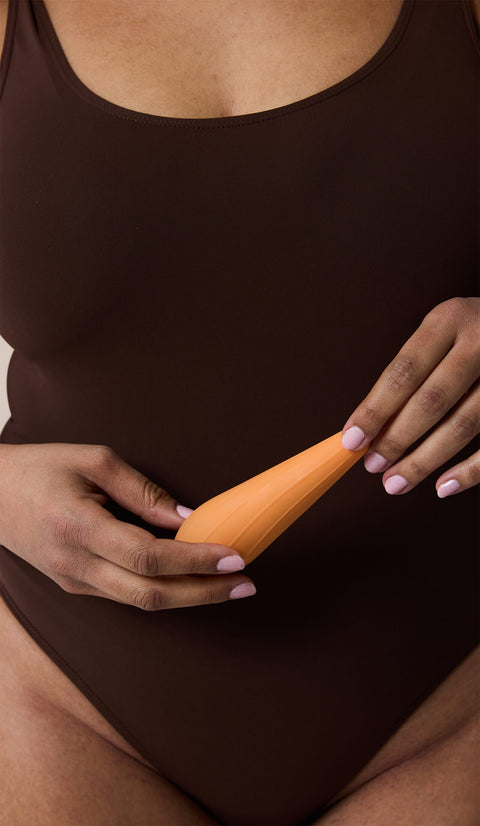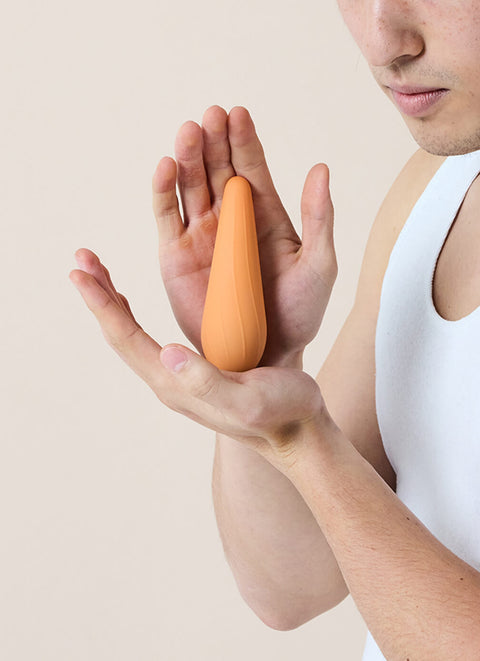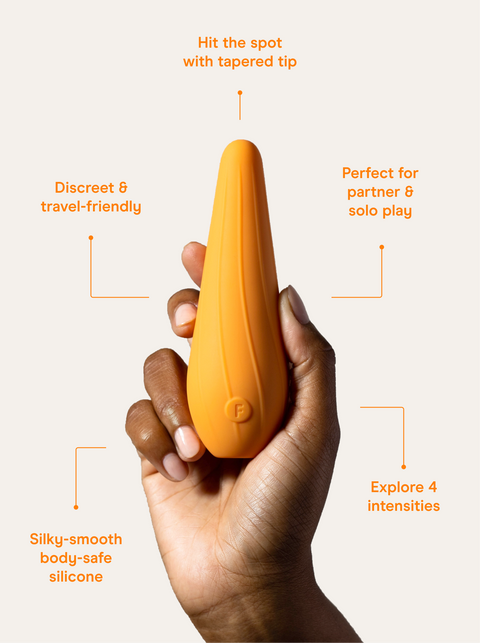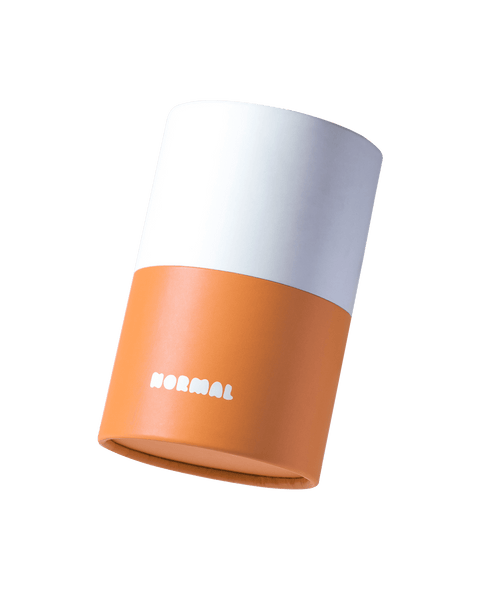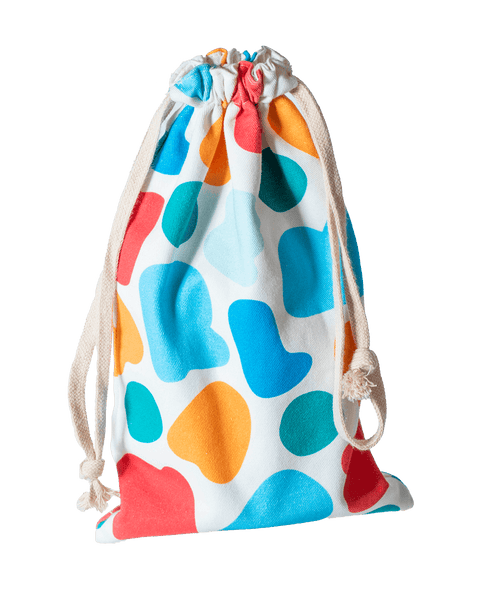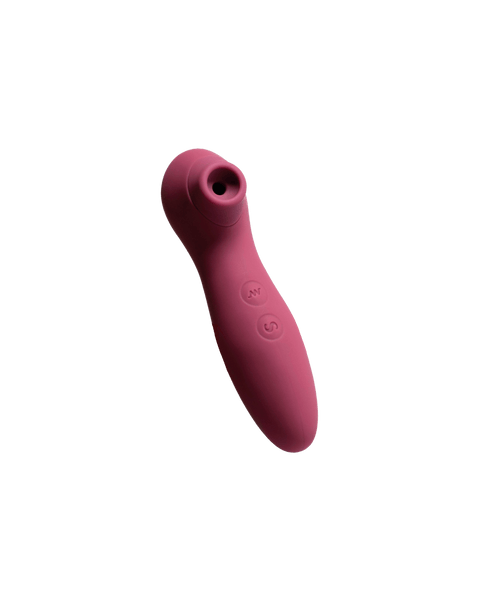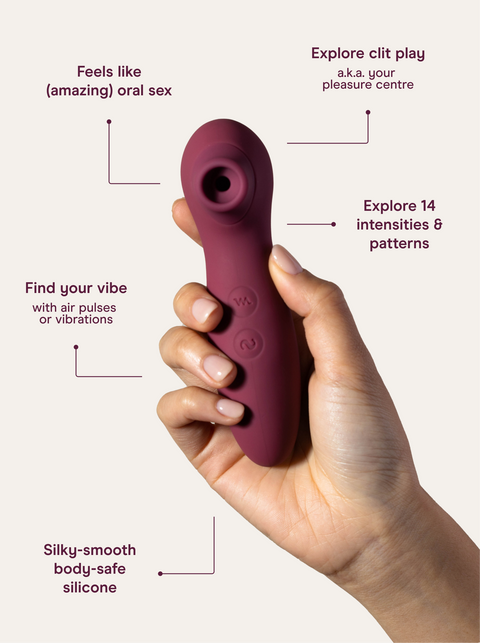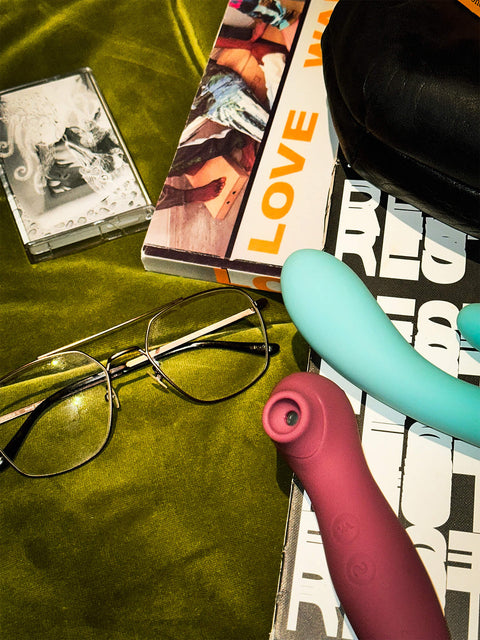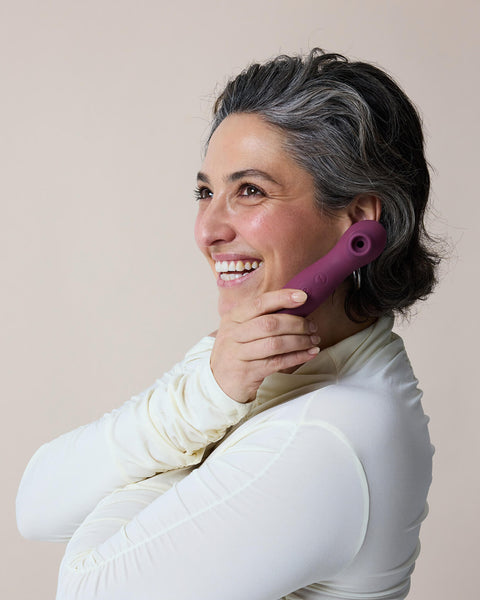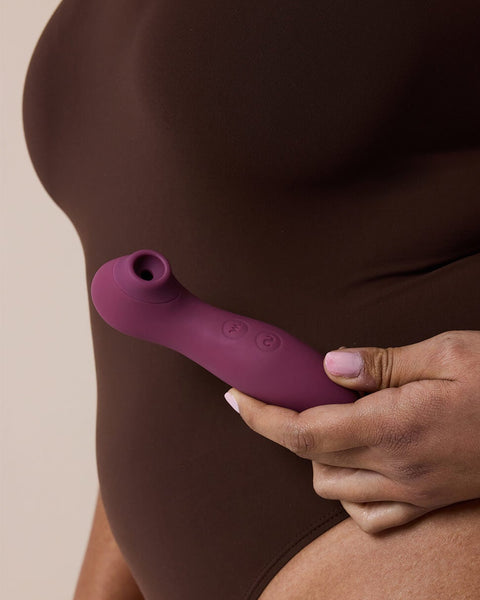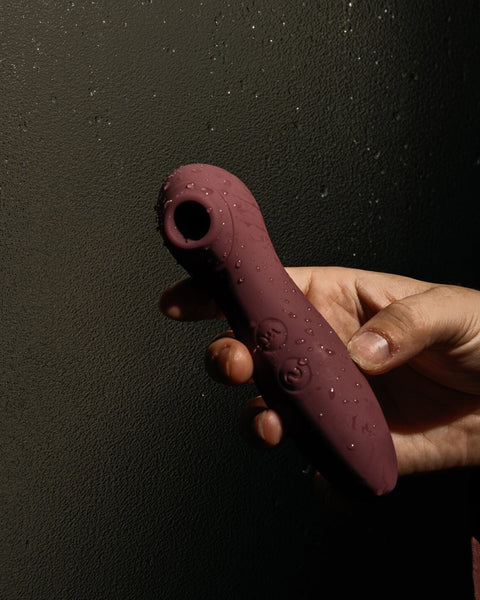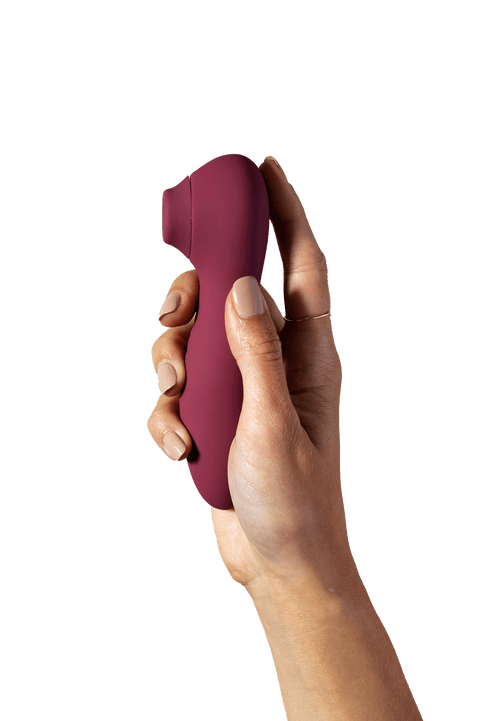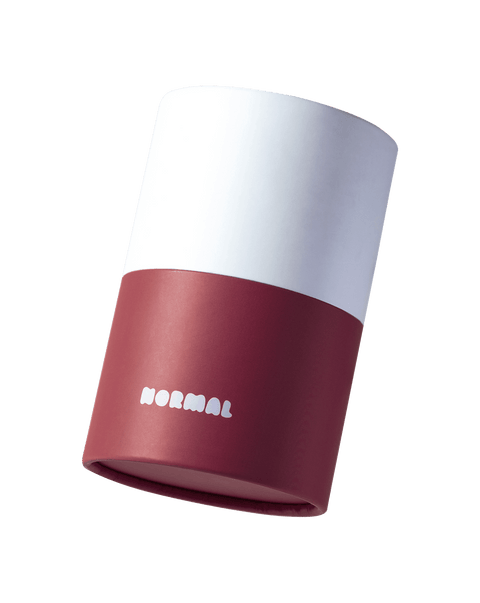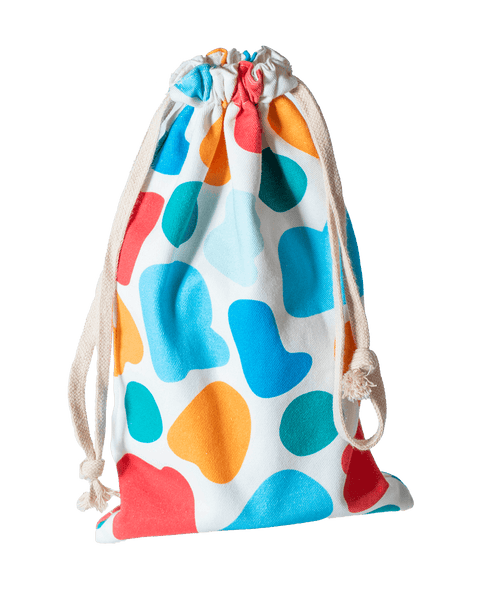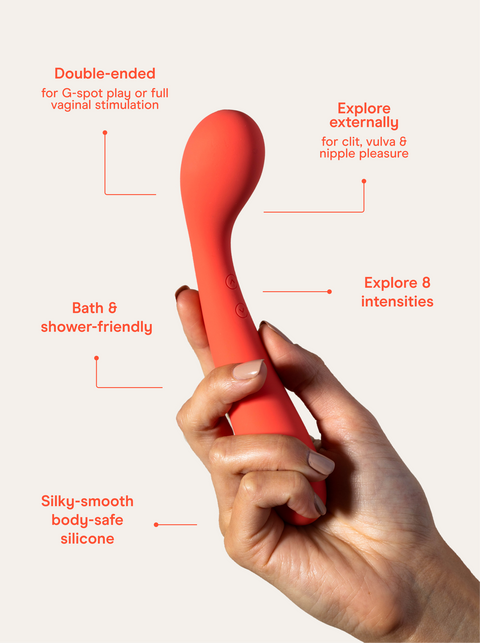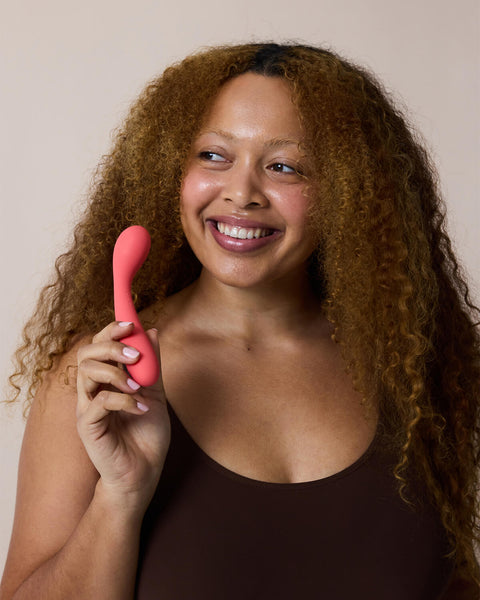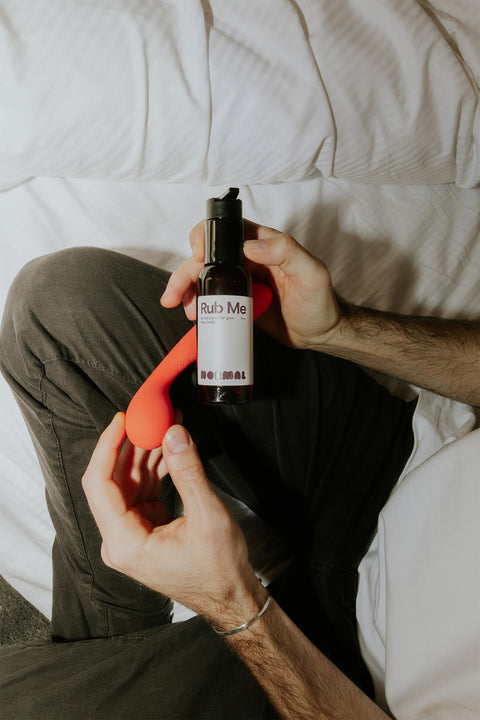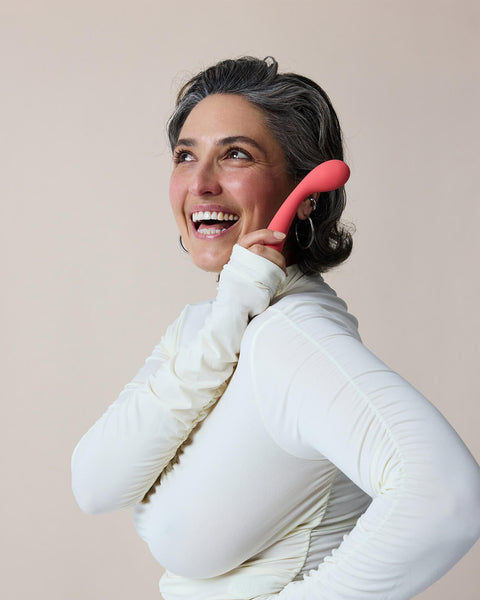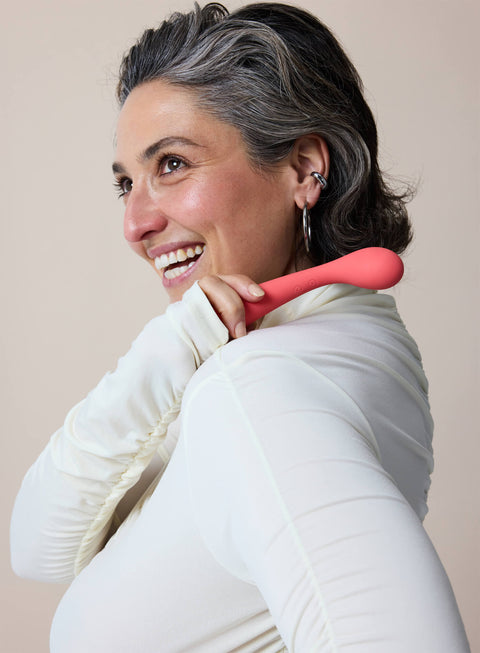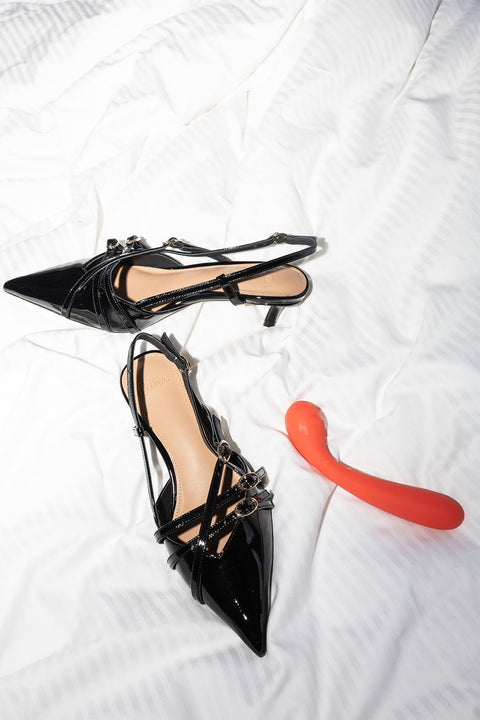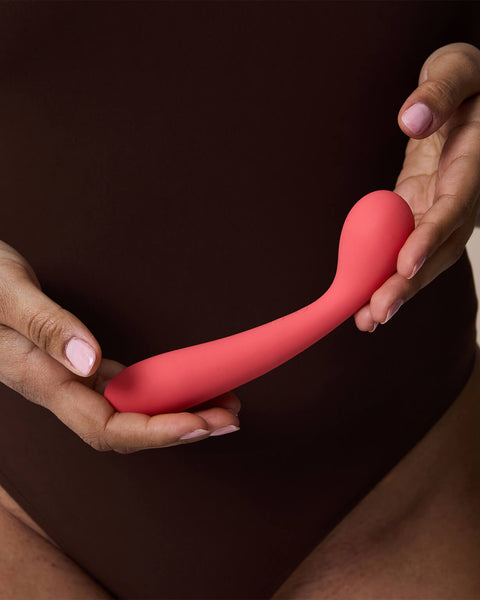This guide is part of the Body Confidence Course, a free video series where acclaimed sex coach Georgia Grace and psychologist Rashida Dungarwalla share the insights and exercises they use to help their clients build more body confidence every day.
This guide will address the type of relationship we can have with our bodies, how it might impact us in and outside of sexual experiences, and how we can change that relationship to help us feel more connected to ourselves and others. We’ll also look at the difference between body positivity and body neutrality, and discuss how to become more confident in our bodies.
Body positivity was a movement started by fat liberation activists in the 1960s. It is a social movement that celebrates all bodies regardless of size, colour, shape, gender. This movement challenges unrealistic beauty standards and celebrates all bodies, proclaiming that you are beautiful no matter what you look like.
However, the movement has, until recently, left out queer, disabled people who were foundational in supporting this movement. There has also been criticism that body positivity can fall pretty quickly into toxic positivity—after all, we can’t always be in love with our bodies, and the pressure to do so can feel a bit strange.
Body neutrality sits somewhere between body negativity and body positivity. Body neutrality states that you don’t loathe or love your body, rather you simply accept it and respect your body for what it can do rather than what it looks like. It acknowledges that your happiness should not rely on your physical appearance at all.
However, body neutrality may not give you the space to celebrate your body and fully acknowledge all the beautiful and amazing things it can do. Bodies are pretty cool—we don’t want to forget that!
If you like the idea of body positivity, you might try practising positive affirmations, re-framing your thoughts around your body, and challenging ways of thinking that feel negative to you. If you like the idea of body neutrality, you could try meditating on ideas of acceptance and treating your body with compassion and curiosity.
Of course, you could also try all of these ideas as they may feel resourcing for you in different circumstances —or you could try none, or find other approaches altogether! These are just some ideas of ways we can approach our bodies.
If you found this helpful, you should consider exploring the whole course here, as well as subscribing to our email list below and following our Instagram @normalco.
